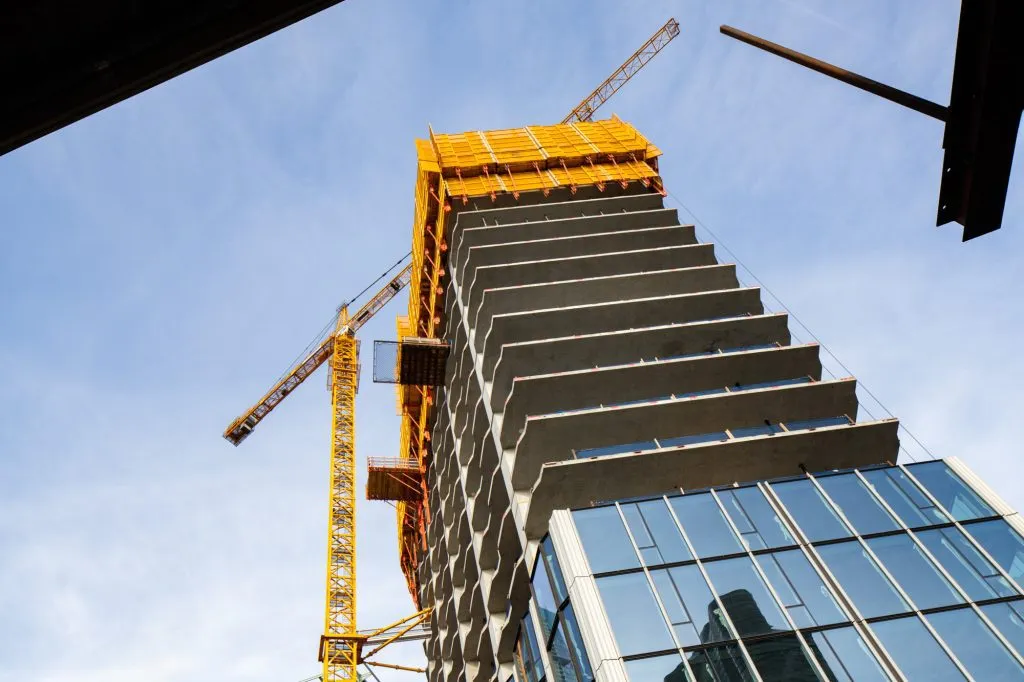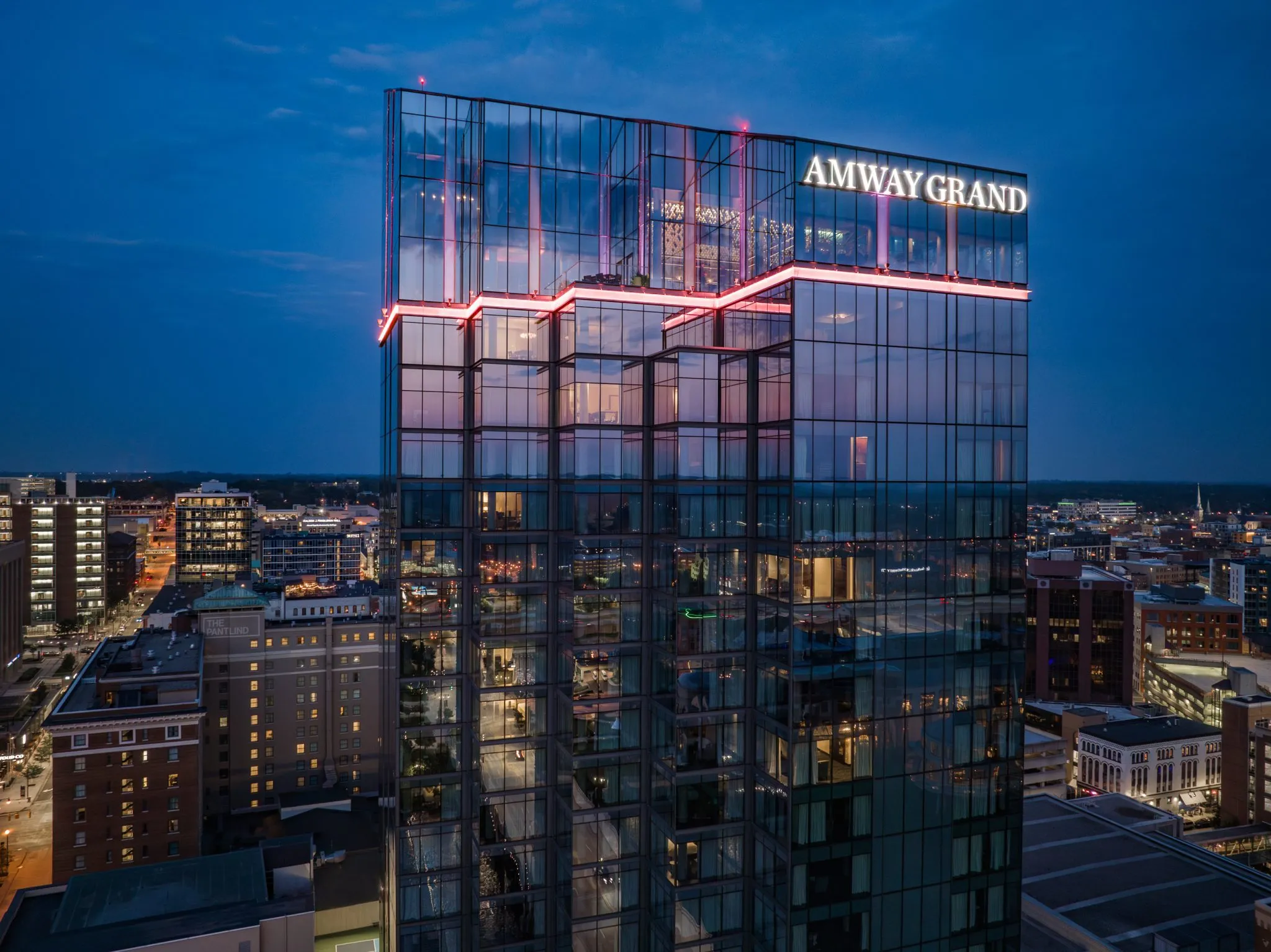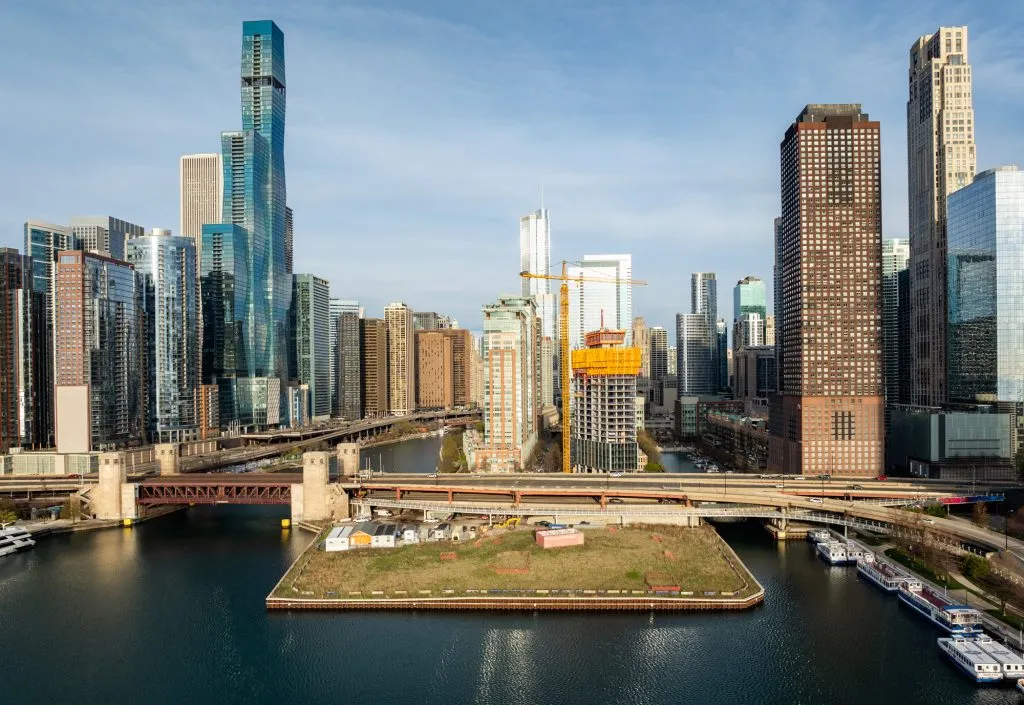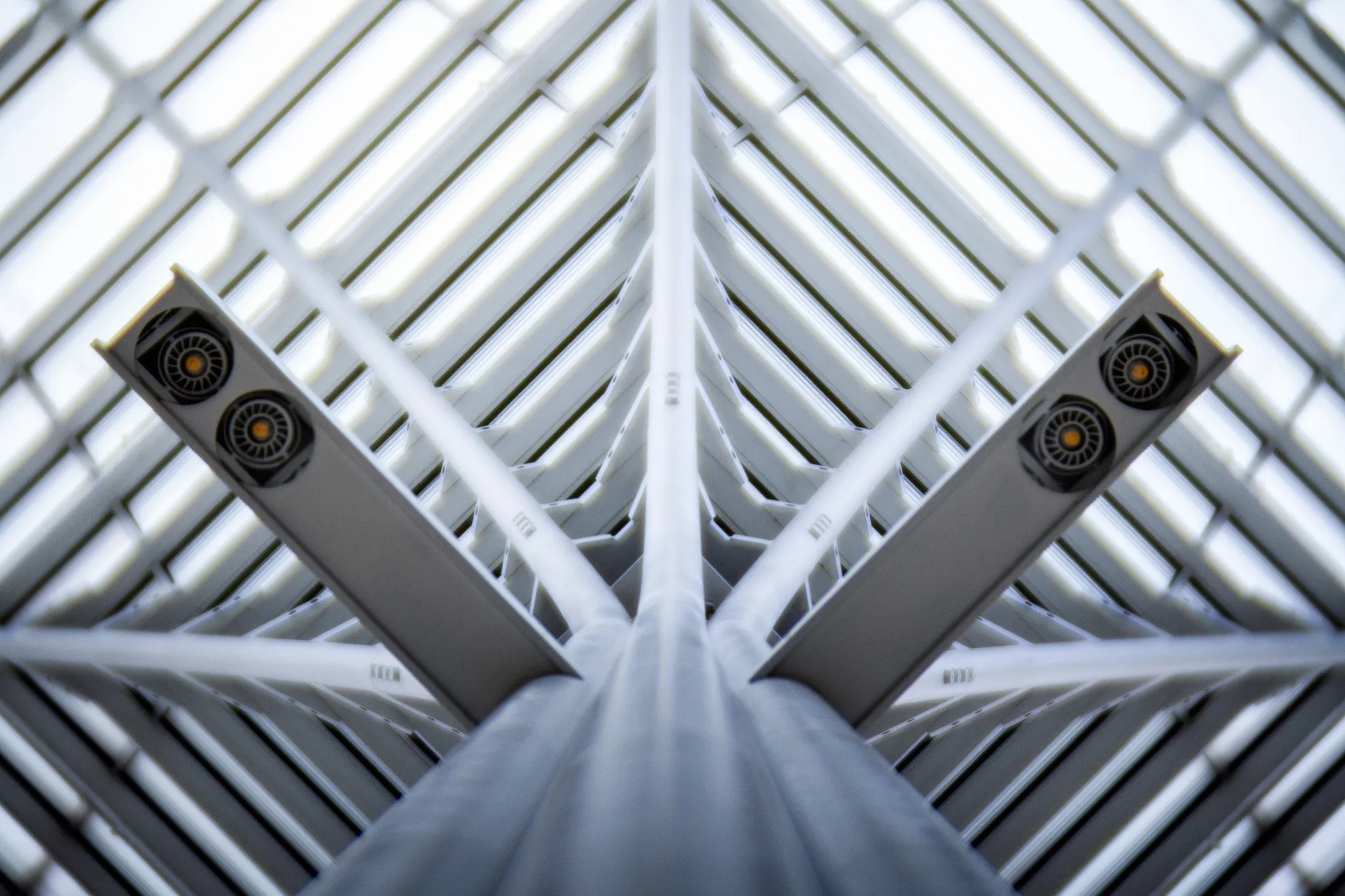From the pyramids of ancient Egypt to the brutalist government complexes of the 20th century, architecture has always been a tool for expressing and maintaining political power. This article examines how different political systems—monarchies, democracies, dictatorships, and corporate states—use architecture to communicate ideology, control populations, and project authority.
## **Monumental Propaganda: Architecture as Political Theater**
### **1. Absolute Monarchy: The Architecture of Divine Right**
– **Versailles Palace**: Designed to overwhelm subjects and nobles alike
– **Forbidden City**: Axial planning emphasizing imperial centrality
– **St. Petersburg**: A “window to Europe” built on serf labor
**Photography tip**: Use wide-angle lenses to capture the intimidating scale of royal spaces.
### **2. Democratic Ideals in Stone**
– **U.S. Capitol**: Neoclassical design linking to Greek democracy
– **Indian Parliament House**: Circular shape representing unity
– **Scandinavian government buildings**: Transparency (glass walls) as metaphor
**Modern paradox**: Why do most democracies still use imperial architectural styles?
## **Totalitarian Architecture: Bullying in Concrete**
### **Fascist Grandeur**
– **Mussolini’s EUR District**: Sterile Roman revival
– **Nazi Germania plans**: Megalomaniacal symmetry
– **Francisco Franco’s Valle de los Caídos**: Oppressive scale
### **Communist Monumentalism**
– **Stalinist “Wedding Cake” skyscrapers**
– **Pyongyang’s Ryugyong Hotel**: Unfinished “Hotel of Doom”
– **Bucharest’s Palace of Parliament**: 2nd largest admin building after the Pentagon
**Psychological impact**: Studies show brutalist government architecture increases feelings of insignificance.
## **Corporate Power: The New Architectural Patrons**
### **Silicon Valley Campuses**
– Apple Park: Panopticon-like circular design
– Googleplex: Playful but still controlling
– Amazon Spheres: Nature contained by capital
### **Financial District Statements**
– Shanghai’s Lujiazui skyline: Capitalism with Chinese characteristics
– London’s “Gherkin”: Phallic power symbolism
– Dubai’s Burj Khalifa: Oil wealth made vertical
**Photography challenge**: Capture the eerie emptiness of corporate plazas after hours.
## **Resistance Through Architecture**
### **Anti-Surveillance Urban Design**
– Hong Kong protest labyrinthine pathways
– Barcelona’s superblocks reclaiming space
– Berlin’s alternative squats
### **Decentralized Digital Era**
– Cryptocurrency architect’s rejection of physical HQs
– Remote work killing the office tower
– 3D printed communities bypassing traditional power structures
## **Future of Power Architecture**
### **Smart City Dystopias?**
– China’s social credit system infrastructure
– Sidewalk Labs’ privacy concerns
– NEOM’s Line: Surveillance utopia or prison?
### **Participatory Alternatives**
– Community land trusts
– Tactical urbanism interventions
– Open-source architecture plans
## **How to Document Power Architecture**
1. **Aerial shots** reveal controlling geometries
2. **Night photography** of illuminated government buildings
3. **Juxtaposition** of official vs. vernacular structures
4. **Time-lapse** showing architectural regime changes
## **Conclusion: Who Builds for Whom?**
The most honest architecture often appears where power is most contested—in the tension between monumental statements and human-scale needs. As citizens, learning to read the political language of buildings empowers us to shape more equitable cities.
**Action point**: Research who designed your city hall and what ideology it represents.
For more critical analyses of architecture and society, visit [TheToolTutorial.com](https://thetooltutorial.com).




